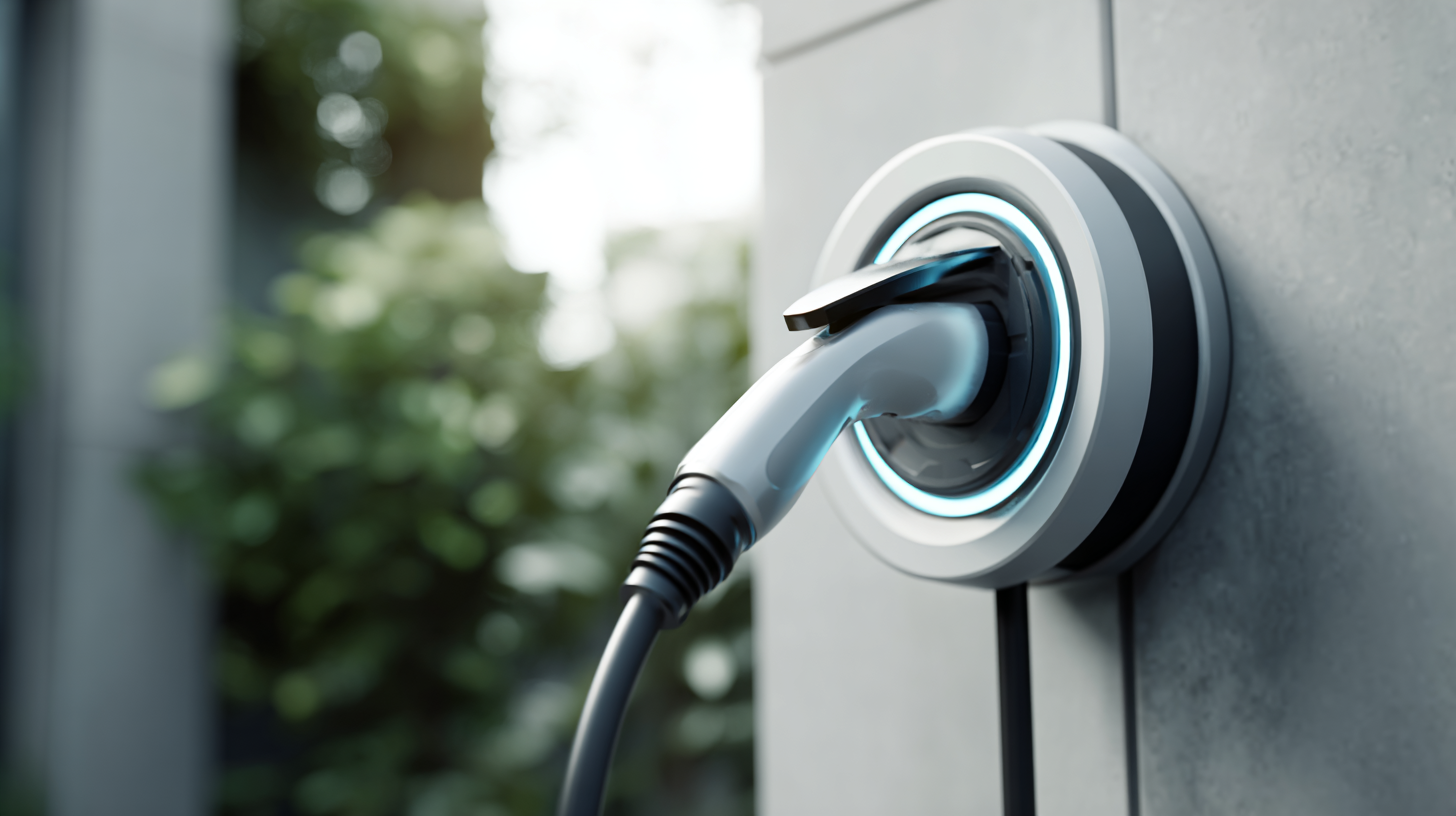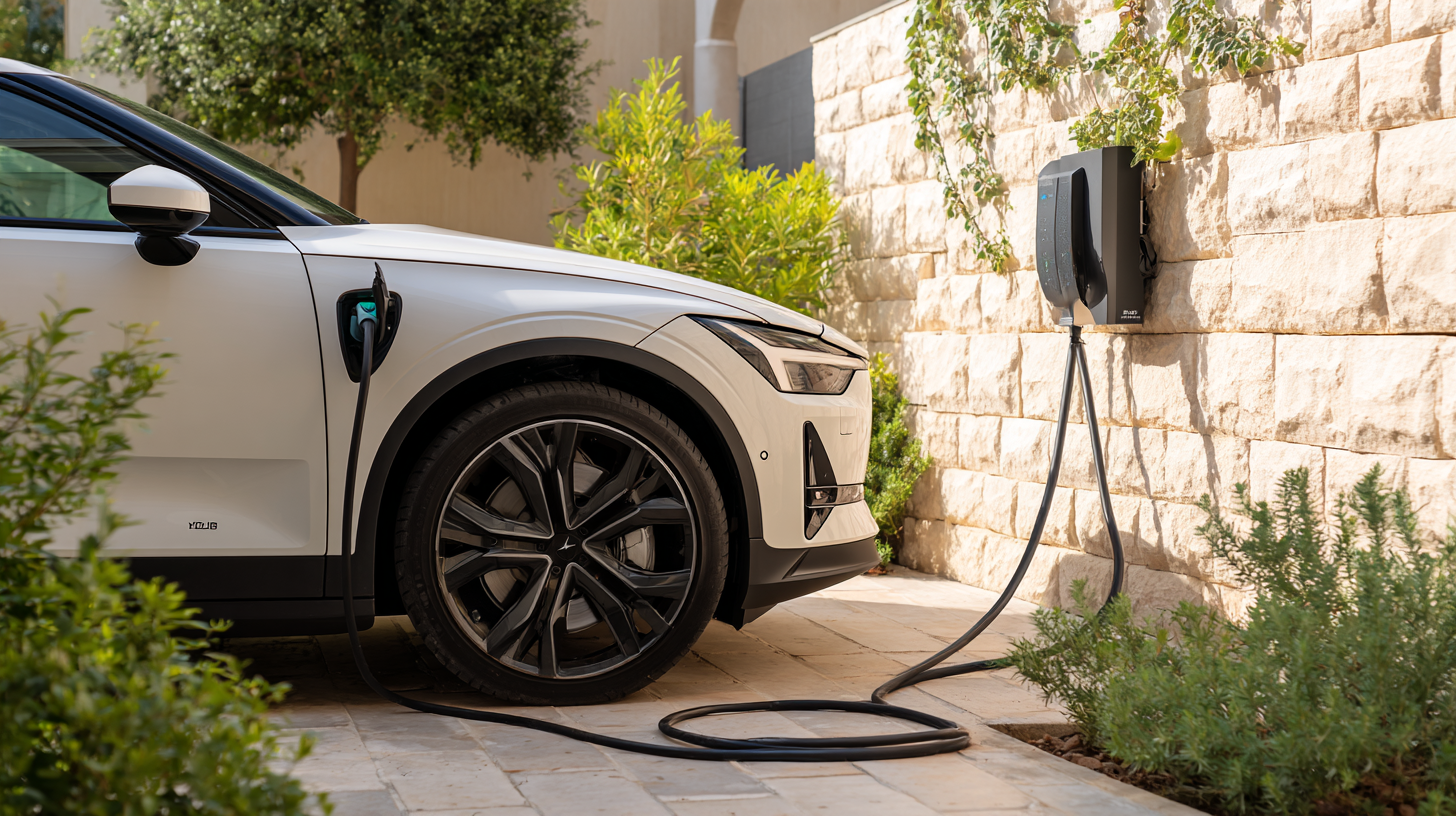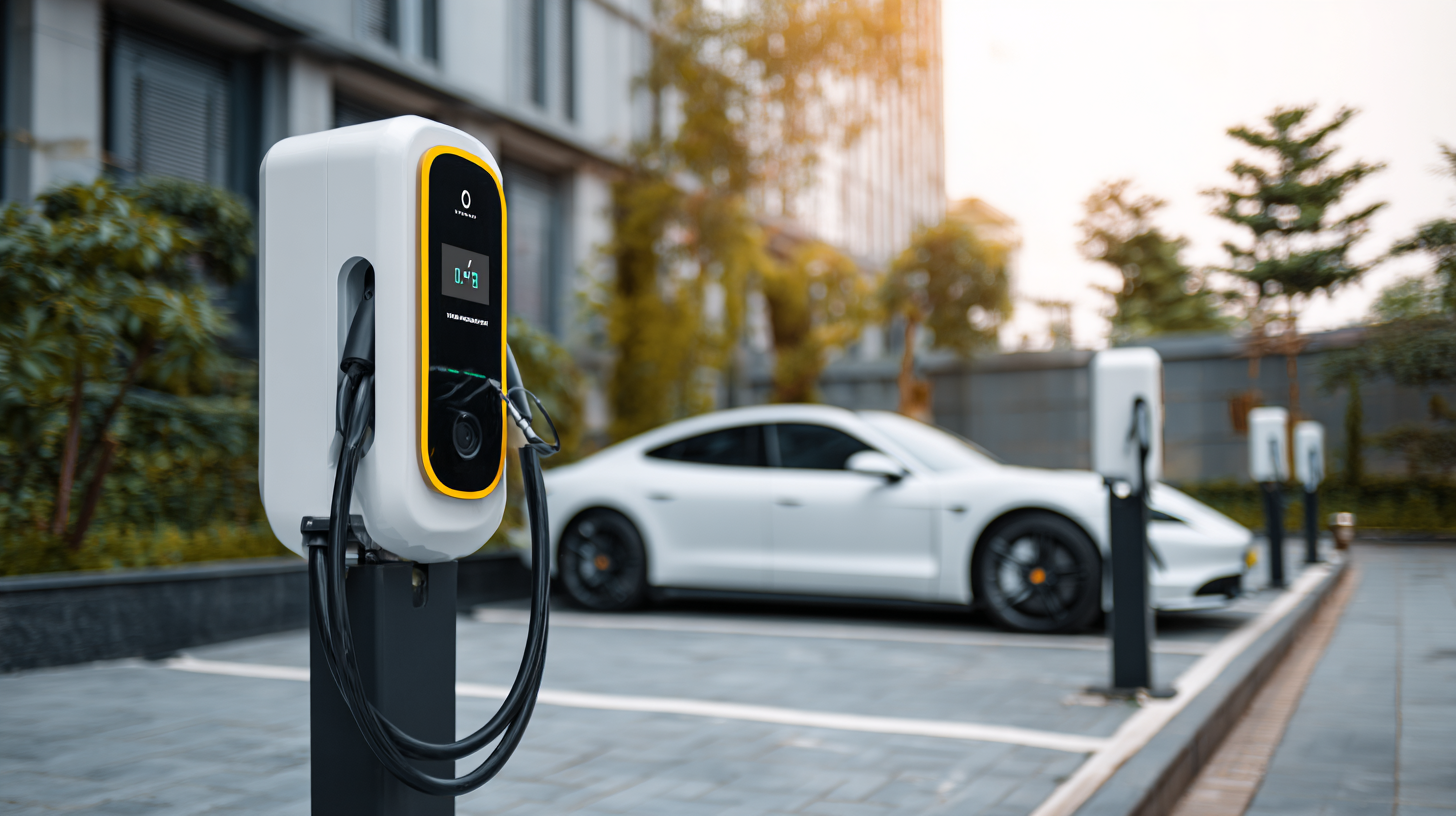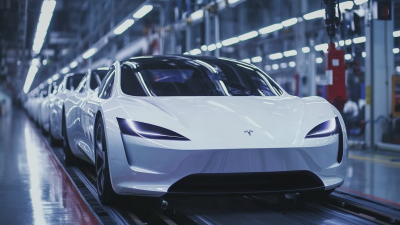As electric vehicles (EVs) gain traction in the automotive market, the importance of choosing the right charging infrastructure becomes increasingly critical. A recent report by the International Energy Agency (IEA) highlights that global EV sales surged to over 6.6 million units in 2021, marking a 108% increase compared to the previous year. With this remarkable growth, the demand for efficient and reliable charging solutions, particularly the Home AC WallBox Charger, has skyrocketed. This type of charger offers homeowners the convenience of recharging their vehicles overnight, typically providing up to 7.2 kW of power, which significantly reduces overall charging time. According to a study by Research and Markets, the global market for home EV charging solutions is projected to reach $30 billion by 2027, underscoring the critical role of the Home AC WallBox Charger in facilitating a seamless transition to electric mobility. Selecting the best charger not only enhances user experience but also contributes to a sustainable future by promoting the adoption of clean energy technologies.

When selecting a home AC WallBox charger for your electric vehicle, it’s crucial to understand the different types available, primarily categorized into Level 1, Level 2, and Level 3 chargers. Level 1 chargers are the most basic, providing 120V power and requiring no special installation. They are ideal for overnight charging but can take a long time to fully charge an EV. On the other hand, Level 2 chargers operate at 240V and significantly reduce charging time, making them a popular choice for home installations. They often require professional installation but offer more efficiency for daily use.

Level 3 chargers, also known as DC fast chargers, provide an even greater power output and can charge vehicles much more quickly. However, they are generally used in public charging stations rather than in home settings due to their complexity and cost. Understanding these types helps consumers make informed decisions based on their driving habits, home infrastructure, and budget. For those looking for a convenient home charging solution, investing in a Level 2 WallBox charger is likely the best option, balancing cost and charging efficiency for most electric vehicle owners.
When selecting a home AC WallBox charger for your electric vehicle, several key features should be at the forefront of your decision-making process. Compatibility is crucial; ensure the charger works seamlessly with your vehicle’s make and model. Additionally, consider the charging speed, as faster chargers can significantly reduce downtime. Look for models equipped with smart technology that offers features like app control and scheduling, allowing for greater convenience and energy efficiency.
Tip: Always check the installation requirements of the WallBox charger. Some models may require professional installation, while others can be easily set up by homeowners. Another important aspect to consider is safety features, such as overcurrent protection and weatherproofing, which can enhance the longevity and reliability of your charger.
Additionally, the warranty offered by the manufacturer should not be overlooked. A robust warranty indicates the brand's confidence in their product and can provide peace of mind. Make sure to thoroughly research options and reviews before making a purchase, ensuring that you choose a charger that will meet your needs for years to come.
 When considering the best home AC wallbox charger for electric vehicles (EVs), it's essential to compare Level 1 and Level 2 charging solutions. Level 1 chargers, typically using a standard 120V outlet, provide a slower charging rate, making them suitable for overnight charging. On the other hand, Level 2 chargers operate at 240V and can significantly reduce charging time, providing a more efficient solution for daily use, particularly for homeowners who depend on their EVs for commuting.
When considering the best home AC wallbox charger for electric vehicles (EVs), it's essential to compare Level 1 and Level 2 charging solutions. Level 1 chargers, typically using a standard 120V outlet, provide a slower charging rate, making them suitable for overnight charging. On the other hand, Level 2 chargers operate at 240V and can significantly reduce charging time, providing a more efficient solution for daily use, particularly for homeowners who depend on their EVs for commuting.
According to the EV charging infrastructure market analysis report, the global market size is projected to grow from $68.72 billion in 2024 to $65.82 billion by 2032, with a compound annual growth rate of 32.6%. By understanding the distinctions between Level 1 and Level 2 chargers, consumers can make informed decisions that align with their charging needs and usage patterns.
Tips:
1. If you mainly drive short distances and have a flexible charging schedule, a Level 1 charger might suffice.
2. For those who drive longer distances or require quicker turnaround times, investing in a Level 2 charger is recommended for optimal convenience and efficiency.
3. Always consider the installation costs and potential need for electrical upgrades when choosing a wallbox charger for your home.
When considering the installation of a WallBox charger for your electric vehicle at home, there are several key factors to take into account. First and foremost, the installation site must have adequate electrical capacity to handle the additional load. Typical Level 2 chargers require a dedicated 240V circuit, and homes may need an electrical upgrade if they lack sufficient amperage. A report highlighted that nearly 60% of existing home electrical systems could need modifications to support high-powered EV chargers, emphasizing the importance of consulting with a licensed electrician prior to purchase.
Another consideration involves local regulations and permits, which can vary significantly by region. Many areas require an inspection or specific permits for the installation of an EV charger, with some municipalities mandating compliance with updated safety standards. Proper installation not only ensures the functionality of the charger but also guards against potential hazards such as electrical fires. It has been emphasized that cutting corners to save on installation costs can lead to more significant expenses down the line, especially as the demand for reliable home charging solutions continues to surge amidst the growing adoption of electric vehicles.
When budgeting for an electric vehicle (EV) charging station, understanding the cost dynamics and market trends can be crucial.
The North American DC charger market is projected to grow significantly, from approximately
$1.04 billion in 2025 to $26.15 billion by 2040,
which reflects an impressive annual growth rate of 24%. This rapid expansion highlights the
increasing demand for reliable and efficient charging solutions as more consumers transition to electric vehicles.
However, despite this potential growth, the current infrastructure poses significant challenges. Notably, excluding
Tesla’s extensive network, the U.S. has only achieved 3% of its charging station goals.
This issue is exacerbated by the relatively small number of fast chargers available,
coupled with a slow growth rate in charger installations. As potential EV owners weigh their options,
the limitations in charging infrastructure and the associated costs of home
AC wallbox chargers must be carefully considered to ensure a smooth transition to electric mobility.






